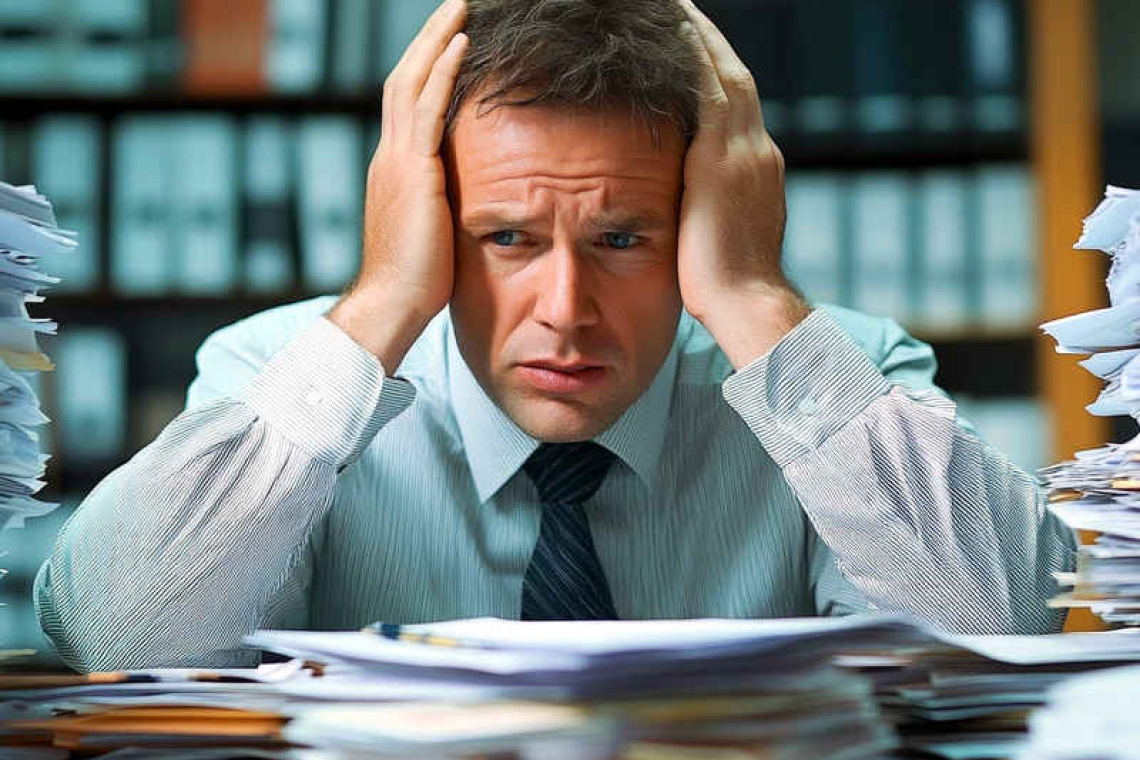John Davidow MD and Colin Michie FRCPCH
These days, many of us expect to feel tired or overwhelmed – often! Working hours stretch further. That distant aim of balancing work with life’s other activities becomes ever more impossible. Exhaustion can stretch for months, stealing joy, threatening health and wellness, putting lives on hold. These problems may be the result of burnout.
“Burnout” was described as causing difficulties for air traffic controllers in the 1970s. Reports of this condition followed later for other workers, including police forces, stock exchange traders, teachers, elite athletes and those in healthcare. Recognised by the World Health Organization in 2019, burnout is defined as experiencing physical, emotional and mental exhaustion. The cause is not some disorder of one’s genes, hormones or mental health, but a moral injury. It is not linked to individual weakness. It is commonly the result of workplaces requiring workers to labour and toil in ways that conflict with their values, beyond limits they consider reasonable. Sufferers can find themselves detached and cynical, lacking motivation and their usual systems of accomplishment at work, unable to deliver to their usual competencies or capacities.
One explanation for burnout is that when we work, we apply demanding skills of body and brain that require personal costs and energies. These are regenerated by recuperating breaks. Insufficient breaks delay, defer and prevent crucial recovery. The result is further skill delivery comes at a lower output or productivity.
Burnout develops relatively slowly. We all have coping mechanisms, our emotional intelligence, to deal with occasional mishaps, misunderstandings and the negative aspects of a workplace. However, a lack of autonomy, poor support from leaders along with moral distress take their toll – so do specific ethical challenges, such as covering up for high-stake safety issues. It is easy to dismiss the early symptoms too. Physical signs of burnout include chronic fatigue that doesn't improve with rest, frequent headaches, sleep changes and increased illness. Emotionally, you might experience irritability, anxiety, a persistent dread; burnout can lead to procrastination, social withdrawal, and self-neglect.
These signs aren't just important for ourselves; they're crucial for recognizing burnout in loved ones, including adolescents who can develop it as they are involved in intense training of different types. Family members and friends are often the first to notice changes, before the person experiencing burnout does. If someone close to you seems to be suffering, gently expressing concern and offering practical supports with daily tasks can make a big difference. Suggesting an individual should simply "relax more" or "think positive" is unhelpful. Sometimes, a particularly helpful approach is to acknowledge their struggle and perhaps encourage professional help when needed. An early diagnosis helps tackle burnout better.
Burnout has widespread impacts: It compromises individual workers and can result in systemic errors. In Hospitals, poor patient safety and patient experiences have been linked to levels of burnout among staff, including those cared for in palliative care or pain management. For organisations, recruitment and retention of staff along with a good reputation for training and development should be expected to be drivers minimising burnout. Workplaces that are frequently understaffed, demanding excessive hours, providing inadequate resources, or creating “toxic” environments will continue to generate burnout regardless of employee resilience.
Positive leaders, managers at some level, should have the power, resources and responsibility to improve workplace environments. This is the only sustainable way to prevent burnout. A workplace should provide an occupational health system to assist troubled employees with issues. For individuals, acknowledging that burnout reflects problematic conditions at work – and not personal failure – is an important start. Self-care is the best strategy to deal with the costs of work. Creating daily physical boundaries between work and relaxation is probably more important than delaying rest and waiting for a weekend or vacation.
For instance, the checking and answering of work smartphones after working hours damages recuperation from work. Adequate sleep and regular physical activity – a short walk or perhaps yoga session – can reduce feelings of exhaustion and bring back physical and cognitive vigour. Social interactions with friends and family, along with the use of mindfulness exercises will help recharging after work. Engaging in your spiritual or religious activities is positive. Many find community or choral singing, or musical activities as beneficial because they merge several of these approaches, giving new perspectives on the richness of life.
Professional help is valuable if physical symptoms from burnout are troublesome or persistent. A primary care physician will exclude health conditions that can mimic burnout. The severity and time course of burnout varies greatly between individuals, and there are many sound ways to move forward from it, particularly in an environment as diverse and gorgeous as that on St. Maarten!
John Davidow is a Neurology Fellow working at the University of Virginia. Dr. Colin Michie specializes in paediatrics, nutrition, and immunology. Michie has worked in the UK, southern Africa and Gaza as a paediatrician and educator and was the associate Academic Dean for the American University of the Caribbean Medical School in Sint Maarten a few years ago.
Useful resources:
keepingwellnwl.nhs.uk/self-help-resources/common-problems/coping-stress
who.int/news/item/28-05-2019-burn-out-an-occupational-phenomenon-international-classification-of-diseases







